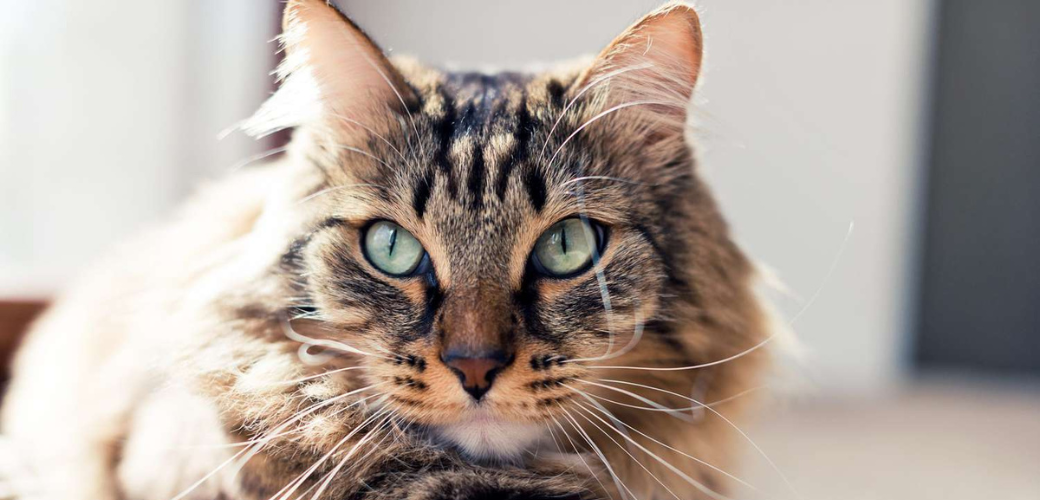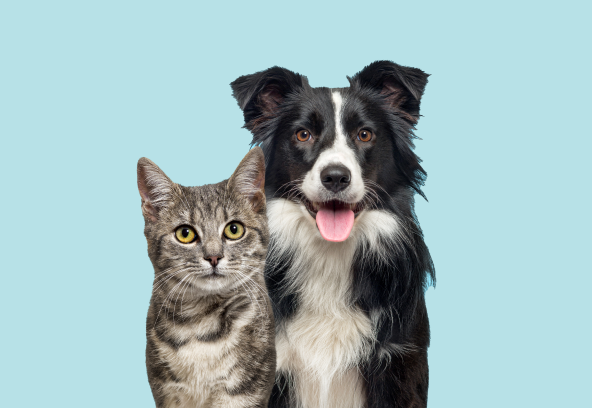
Incontinent cats

Incontinence in older cats can be distressing for the animal and its owner. Understanding the causes and exploring treatment options can help...
Incontinence in old cats can be distressing for the animal and its owner. It occurs when a cat loses control of its bladder, leading to involuntary urination. Understanding the causes, recognising the signs and exploring various treatment options can help improve the quality of life for the affected cat.
Causes of Incontinence
Incontinence is often age-related due to changes in the urinary tract and pelvic muscles. As cats age, their bladder muscles may weaken, and the nerve signals controlling urination may become less efficient, leading to accidental urine leakage or difficulty in holding the urine.
Signs of Incontinence
The first signs of incontinence are usually subtle and may include small wet patches in the bedding or frequent grooming around the genital area. Some cats may also exhibit increased thirst and more frequent trips to the litter box, often only producing small amounts of urine each time. If you notice any of these signs, it is crucial to consult a vet for a proper diagnosis and appropriate treatment.
Treatment Options
Vet Evaluation
Having your cat examined by a vet is the first step in treating incontinence. A vet will assess the cat's overall health, check for any underlying medical issues and conduct relevant tests, such as blood work and urinalysis.
Medication
Your vet may prescribe medication to manage incontinence. Commonly used drugs include phenylpropanolamine, which helps strengthen the bladder muscles, and hormone supplements like diethylstilbestrol (DES) for spayed female cats.
Diet
Diets formulated for urinary health can be beneficial in managing incontinence. These diets may contain ingredients that support bladder health and reduce inflammation.
Natural Remedies
Some cat owners prefer natural remedies to complement conventional treatments. These may include herbal supplements with ingredients like cranberry extract or glucosamine, which can support urinary tract health. However, you must discuss these remedies with your vet to ensure they are safe and effective for your cat.
Environmental Modifications
Make adjustments to your cat's living environment to accommodate their incontinence. Provide easy access to clean litter boxes and place absorbent bedding or pads in areas where the cat spends most of its time.
Behavioural Training
In some cases, behavioural training can help manage incontinence. Encourage regular trips to the litter box and offer positive reinforcement when your cat uses it appropriately.
Invasive Procedures
In severe cases of incontinence that do not respond to other treatments, your vet may recommend surgical options to correct anatomical abnormalities or bladder issues.
The Usual Age for the Onset of Incontinence
Incontinence typically becomes more common in cats as they reach their senior years, usually around 10 yrs or older. However, individual variations can occur, and some cats may develop incontinence earlier or later than this age range.
Early recognition and appropriate management can significantly improve the comfort and well-being of older cats experiencing incontinence, allowing them to enjoy their golden years with dignity and care. Always work closely with your veterinarian to tailor the best treatment plan for your feline companion's needs.

